From Alaska to Nepal these stunning mountains will take your breath away. You will have plenty of opportunities to connect with nature and revel in these mountains stunning beauty. Explore the following majestic mountains in the Spring, Summer, Fall or Winter they are always changing.
To learn more about these majestic mountains and others around the world download Pinpoint Where from the iOS App Store.
Banff National Park, Alberta Canada 🇨🇦
Banff is acknowledged as having “universal value” by UNESCO
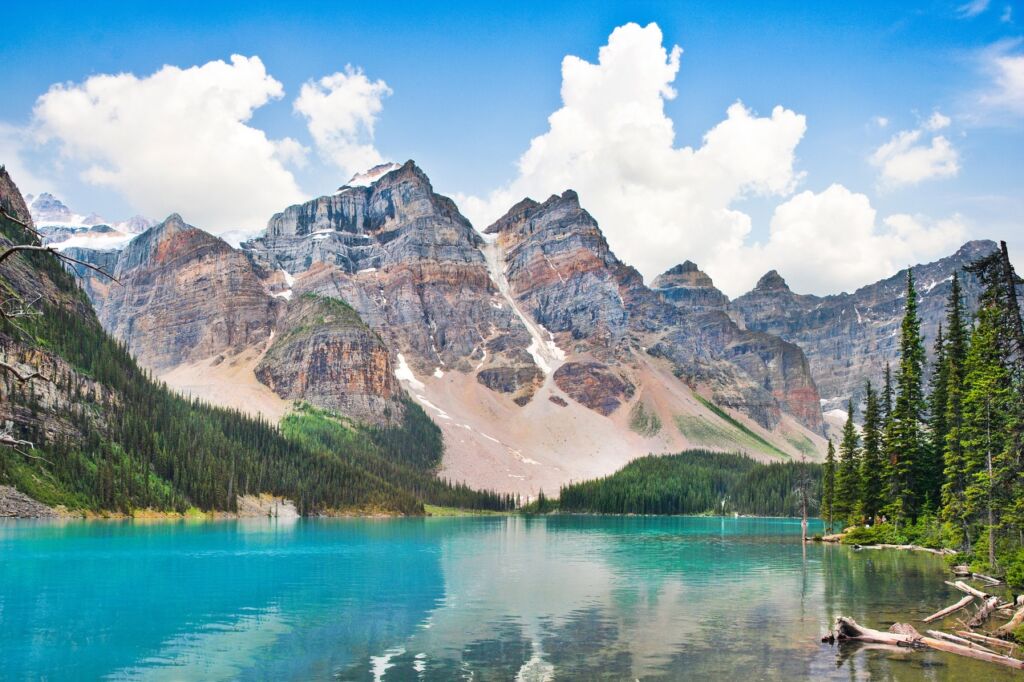
Banff National Park, nestled in the heart of the Canadian Rockies in Alberta, Canada, is home to some of the most picturesque and awe-inspiring mountain scenery in the world. The park’s namesake, Banff Mountain, is a particularly stunning example of this natural splendor. Known for its rugged terrain, lush alpine meadows, and crystal-clear glacial lakes, Banff Mountain is a haven for outdoor enthusiasts and nature lovers. The mountain’s towering peaks, often capped with snow even in summer, offer breathtaking vistas and a sense of serene majesty. The surrounding landscape, rich in wildlife and dotted with pristine forests and cascading waterfalls, adds to the area’s enchanting beauty. Banff National Park is not just a mountainous retreat; it’s a vibrant ecosystem and a UNESCO World Heritage Site, celebrated for its ecological diversity and geological significance. Visitors to Banff Mountain can indulge in a multitude of activities, from hiking and skiing to wildlife viewing and soaking in natural hot springs, all while being surrounded by some of the most spectacular natural beauty North America has to offer.
Denali, Alaska, USA 🇺🇸
Denali is the tallest mountain in all of North America
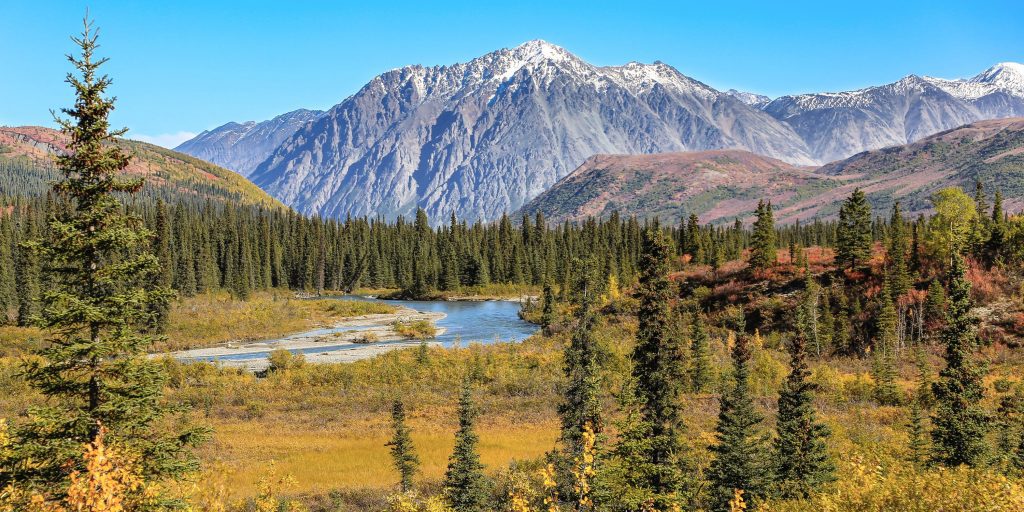
Denali (also known as Mount McKinley, its former official name) is the highest mountain peak in North America. Denali National Park gets more than a half-million visitors a year, and it’s easy to see why. The park is a wild and massive landscape (we’re talking 6 million acres) of snowy amphitheaters, glaciers, ice caves, and mountains that would look right at home in the Himalayas. You can even climb Denali, but just like Everest, it’s a major undertaking, so know all the information before attempting.
The Dolomites, Südtirol, Italy 🇮🇹
Made of limestone, The Dolomites are celebrated by sports enthusiasts and nature-lovers
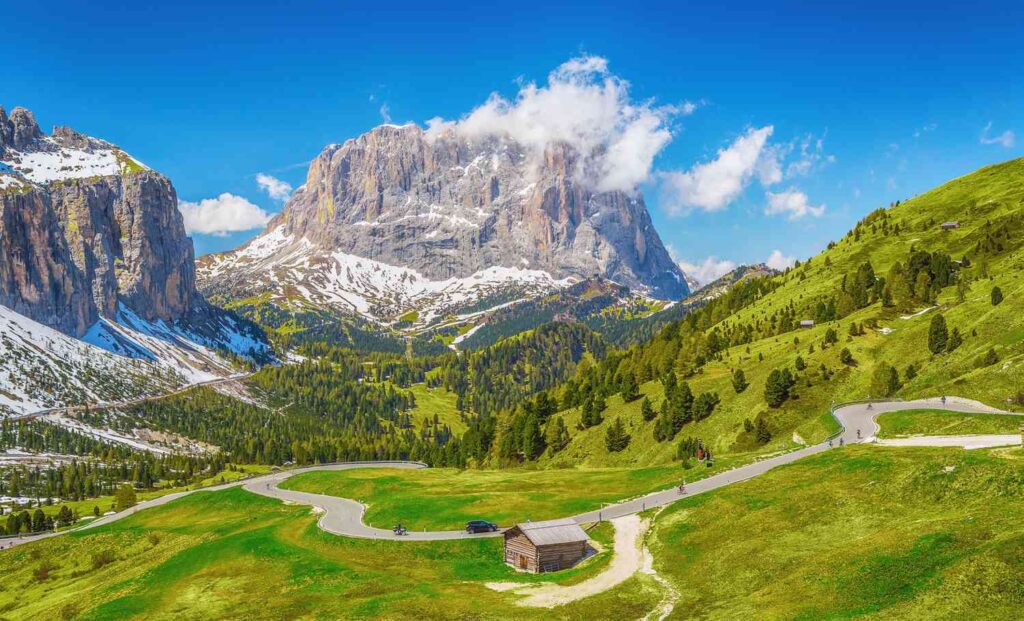
“The Dolomites, also known as the Dolomite Mountains, Dolomite Alps or Dolomitic Alps, are a mountain range in northeastern Italy. They form part of the Southern Limestone Alps and extend from the River Adige in the west to the Piave Valley in the east.
The beauty and diversity of the landscape of the Italian Dolomites alone will enchant you – in every season. Because this holiday region always has its own unique and irresistible appeal. The only question remaining is what not to miss during an Italian Dolomites holiday. One of the Christmas markets in winter or Braies lake in summer? One of the Messner Mountain museums for culture fans?”
Swiss Alps, Oberland, Switzerland 🇨🇭
The Swiss Alps contain the majority of the highest peaks in the Alps

The Alpine region of Switzerland, conventionally referred to as the Swiss Alps, represents a major natural feature of the country and is, along with the Swiss Plateau and the Swiss portion of the Jura Mountains, one of its three main physiographic regions.
The portion of the Alps lying within Switzerland is sometimes referred to as the Central Alps, but more commonly known as the Swiss Alps. The Alps cover 65% of Switzerland’s total land mass, making it one of the most mountainous of European countries. Although the Swiss Alps cover most of Switzerland, it is a lesser populated region of the country, although it is popular among outdoor enthusiasts for hiking and trekking tours.
Machu Picchu, Peru, South America 🇵🇪
Machu Picchu is a well-known tourist destination built by the ancient Incan Empire
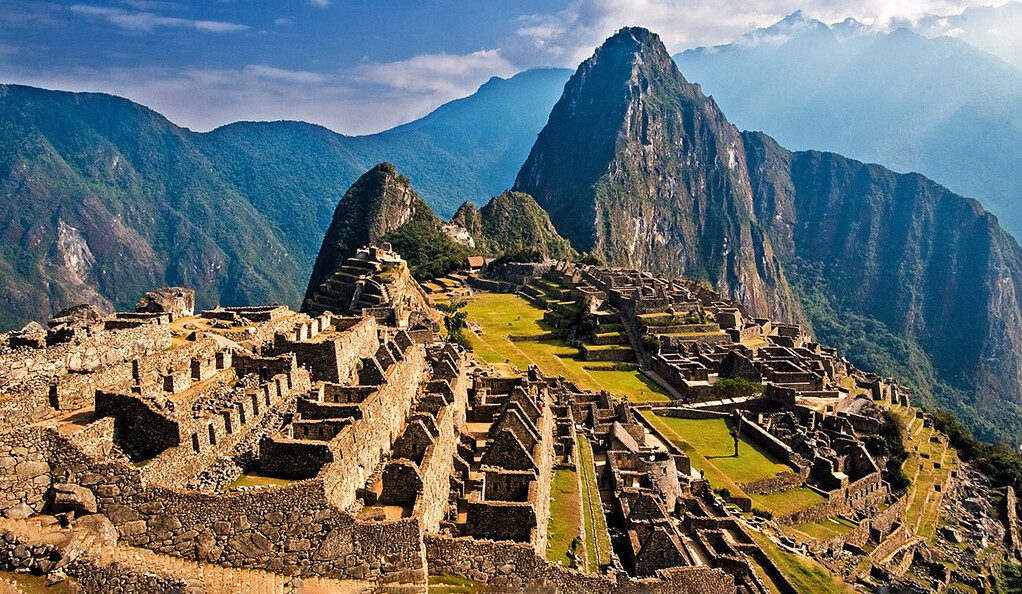
While the intricate stone ruins of Machu Picchu are the work of 15th-century Incans, the site’s natural setting makes it even more alluring.
Perched atop the flattened peak of a mountain, the ancient Wonder of the World benefits from the famous backdrop of Huayna Picchu, lush green surfaces, and a barrier of Andean peaks that, despite the landmark’s fame, makes you feel like you’ve stumbled upon a secret
Mont Blanc, Aiguille du Dru Mountain, France 🇫🇷
Mont Blanc is one of the tallest and most famous peaks in Europe
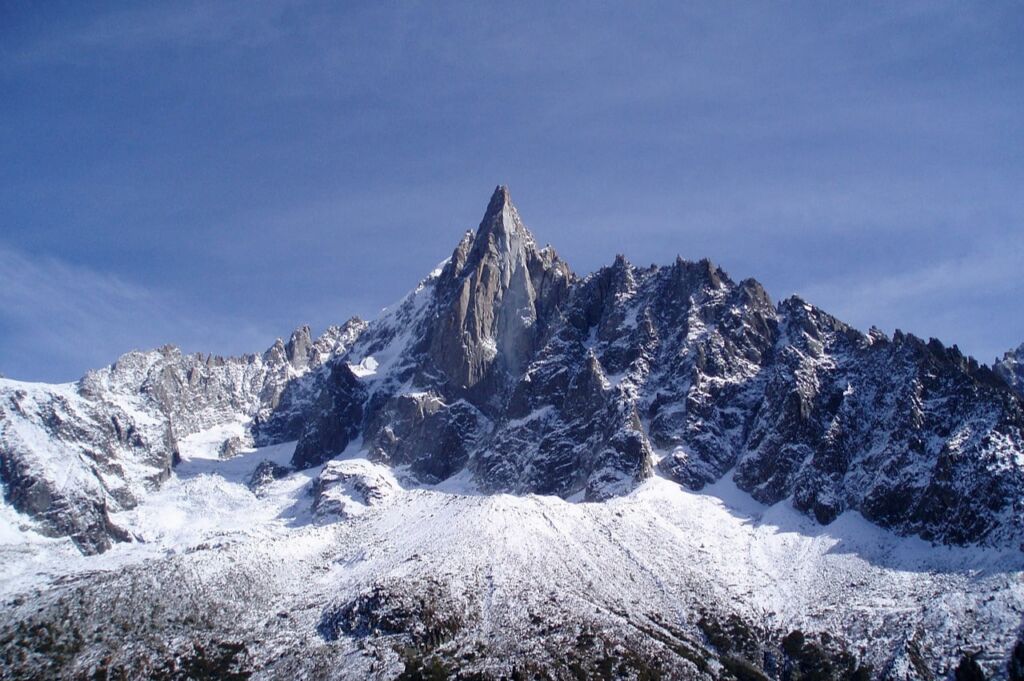
Aiguille du Dru, part of the Mont Blanc massif in the French Alps, stands as a stunning emblem of alpine grandeur. This remarkable mountain range is famed for its imposing, needle-like peak, which soars to a height of approximately 3,754 meters (12,316 feet). The Aiguille du Dru, with its sheer granite faces and sharp ridges, presents a striking profile against the alpine sky. It has long captured the imagination of climbers and photographers alike, known for its challenging ascents and breathtaking panoramas. The mountain’s two main summits, the Grand Dru and the Petit Dru, are separated by a daunting gulf, adding to the dramatic scenery that defines this region. The Aiguille du Dru, often shrouded in mist and clouds, adds a touch of mystery to the landscape, changing its appearance with the shifting light and weather. This iconic peak, with its rugged beauty and ever-present aura of adventure, continues to be a symbol of the untamed spirit of the Alps, drawing visitors from around the world to witness its splendor.
Cerro Torre, Argentina and Chile 🇦🇷 and 🇨🇱
Part of the Southern Patagonian Iced Field, Cerro Torre is a part of both Argentina and Chile

Cerro Torre, straddling the border between Argentina and Chile, is an awe-inspiring mountain range that commands the attention of all who behold it. Known for its sharp, jagged peaks that rise dramatically into the sky, this mountain range is a jewel in the Southern Patagonian Ice Field. The tallest peak, also named Cerro Torre, reaches a majestic height of about 3,128 meters (10,262 feet), presenting a formidable challenge even for the most skilled climbers. Its sheer granite faces, often veiled in swirling clouds and fierce winds, add to its mystique and allure. Beyond its daunting climb, Cerro Torre is celebrated for its breathtaking beauty; its snow-covered spires set against the backdrop of the Patagonian landscape create a surreal and almost otherworldly vista. This region, with its untouched wilderness and stunning vistas, is not just a climber’s paradise but a haven for adventurers and nature lovers, offering a glimpse into one of the planet’s most pristine and extraordinary environments.
Machhapuchhare Mountain, Gandaki, Nepal 🇳🇵
Nepal has never granted a permit for climbers to climb the highest peak of Machhapuchhare

Machhapuchhare, also known as “Fish Tail” mountain, is a revered and striking peak in the Gandaki Zone of Nepal. Standing at an elevation of 6,993 meters (22,943 feet), it is uniquely recognized for its distinct, fish-tail-like summit, which gives the mountain its name. Situated in the Annapurna Himalayas, Machhapuchhare is considered sacred, particularly to the Hindu religion, and, as such, has never been officially summited. This untouched and unclimbed status adds an aura of mystique and reverence to the mountain. Machhapuchhare’s dramatic, pointed peak and its pristine, snow-covered slopes dominate the skyline and are often reflected in the clear waters of nearby lakes, creating a mesmerizing and almost ethereal scene. The mountain is not only a symbol of natural beauty but also a cultural and spiritual beacon, embodying the deep connections between the Nepalese landscapes and their spiritual significance.
Mount Fuji, Shizuoka, Japan 🇯🇵
Mount Fuji’s proximity to major metropolitan areas of Japan makes it one of the most photographed mountains in the world

Mount Fuji, standing as Japan’s tallest and most iconic peak, is a symbol of unparalleled beauty and cultural significance. Rising majestically to 3,776 meters (12,389 feet), this stratovolcano has captivated artists, poets, and pilgrims for centuries. Located on Honshu Island, Mount Fuji is renowned for its perfectly symmetrical cone, which is snow-capped for about five months of the year, creating a stunning visual contrast against the landscape. It is not just a natural wonder but also a sacred site, playing a central role in Japanese art and religion. The mountain’s serene presence and nearly symmetrical silhouette have made it a subject of countless artworks, particularly the ukiyo-e woodblock prints. Beyond its cultural and aesthetic allure, Mount Fuji is a popular destination for hikers and climbers, offering breathtaking views and a challenging ascent. It is recognized as a UNESCO World Heritage Site, celebrated for its historical and cultural significance as much as its geological beauty. This majestic mountain continues to be a symbol of Japan, representing both the beauty of the natural world and the depth of cultural tradition.